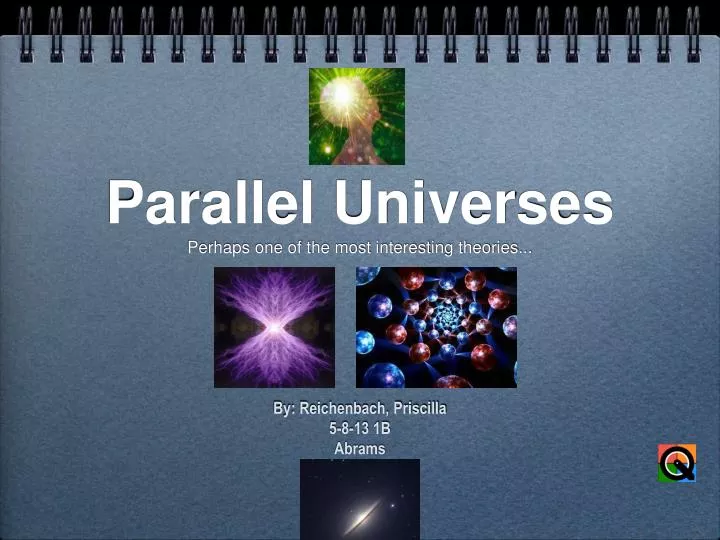

If each link in a chain of evidence is well understood and tenable, then indirect evidence such as this carries nearly as much weight as direct evidence. The argument is fine as regards extrapolation in the vicinity of the visual horizon, but the assumption that it can be continued to very distant domains or other universes is an untestable major extrapolation, which assumes a continuity that may or may not be true. This is the “slippery slope” argument and Rees (2001) uses it to defend both Level I and Level II multiverses. There are plausibly galaxies just beyond the visual horizon, where we cannot see them, so we can extend this argument, step by step, to way beyond the horizon and infer there are many different universes that we cannot see. Seven different kinds of justification have been proposed for the existence of a multiverse and I will now consider these in turn. It is a huge act of hubris to extrapolate from one small domain to infinity when infinity is never attainable. The claim of infinites in the multiverse context emphasizes how tenuously scientific that idea is. The concept of physical infinities is not a scientific one if science involves testability by either observation or experiment. So there is no way the existence of an infinity can ever be proven correct by observation or any other test. According to David Hilbert (1964): “The infinite is nowhere to be found in reality, no matter what experiences, observations, and knowledge are appealed to.” Even if there were an infinite number of galaxies, and we could see them all (which we could not), we could not count them in a finite time. What has been forgotten here is that infinity is an unattainable state rather than a large number - its character is totally different from any finite number and it is a mathematical rather than physical entity. The often claimed existence of physical infinities in the multiverse context - of either universes or spatial sections of universes (Vilenkin 2006) - is dubious. The extraordinary pretentiousness of this attempt should be clear. The assumption made in justifying the multiverse is that we can extrapolate to 10 100 times the horizon distance or even more (the word “infinity” is casually used in these writings).

To see this clearly one should look at the space-time diagrams of our past light cone ( figure 5). Hence no object out there is detectable by any kind of astronomical observation. You cannot receive signals of any kind from beyond the horizon, as there has not been time for messages to reach us from there since the universe began.

The key observational point is that the domains considered are beyond the visual horizon and are therefore unobservable. Those proposing this weakening in the case of cosmology should be aware of the flood of alternative scientific theories whose advocates will then state that they too can claim the mantle of scientific respectability. There are many other theories waiting in the wings, hoping for a weakening of what is meant by “science”. One should be very careful before so doing. In this context one must re-evaluate what the core of science is: can one maintain one has a genuine scientific theory when direct and indeed indirect tests of the theory are impossible? If one claims this, one is altering the meaning of science. Despite this, many articles and books dogmatically proclaim that the multiverse is an established scientific fact. The extreme case is the multiverse proposal, where no direct observational test of the hypothesis is possible. In the cosmological context, these are often in conflict with each other and there has been an increasing tendency in theoretical physics and cosmology to say it does not matter whether a proposal is testable: if it fits into our other theories in a convincing way, with great explanatory power, then testing is superfluous. Two central scientific virtues are testability and explanatory power. Its advocates propose weakening the nature of scientific proof in order to claim that the multiverse hypothesis provides a scientific explanation. The very nature of the scientific enterprise is at stake in the multiverse debate.


 0 kommentar(er)
0 kommentar(er)
